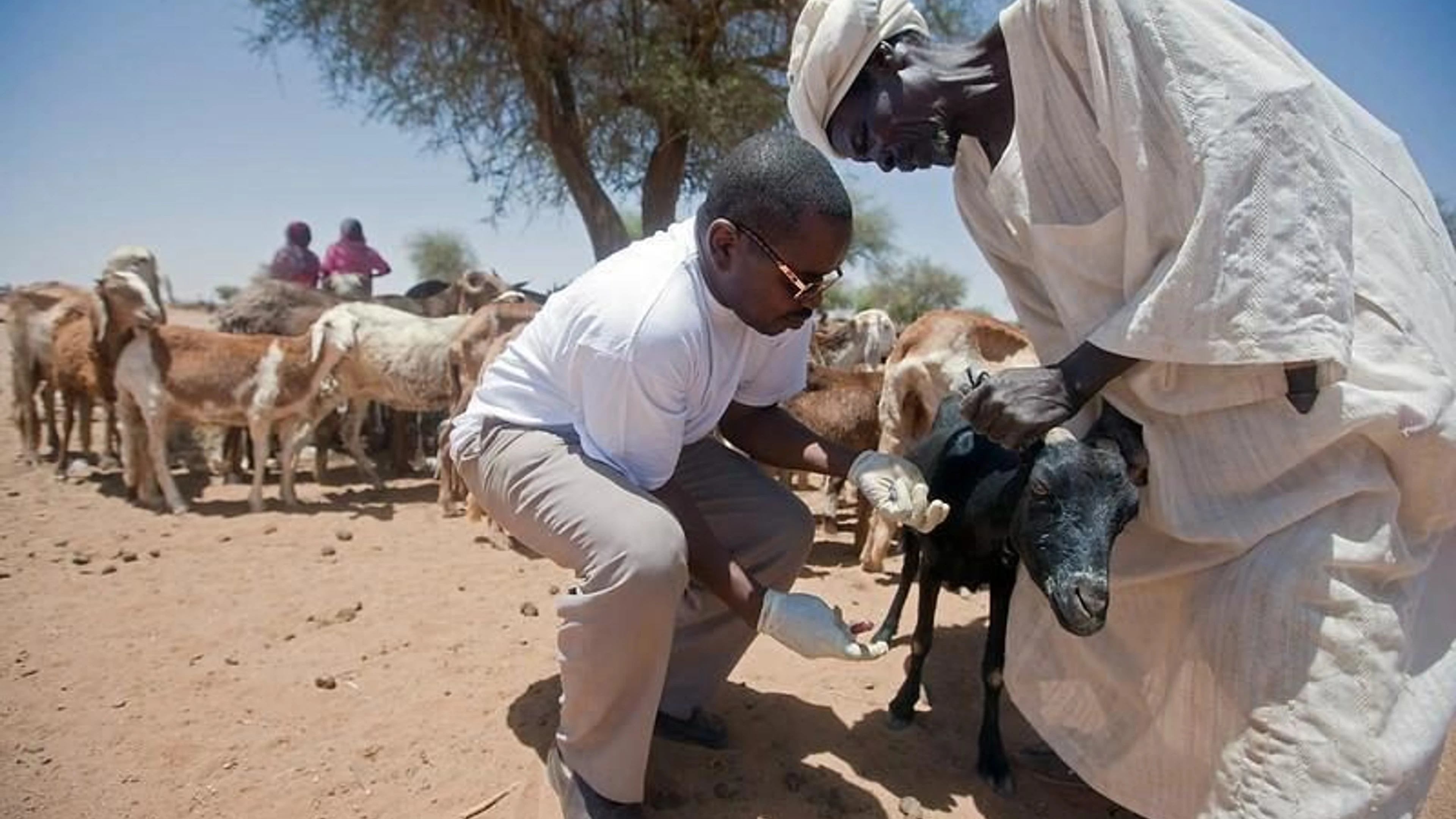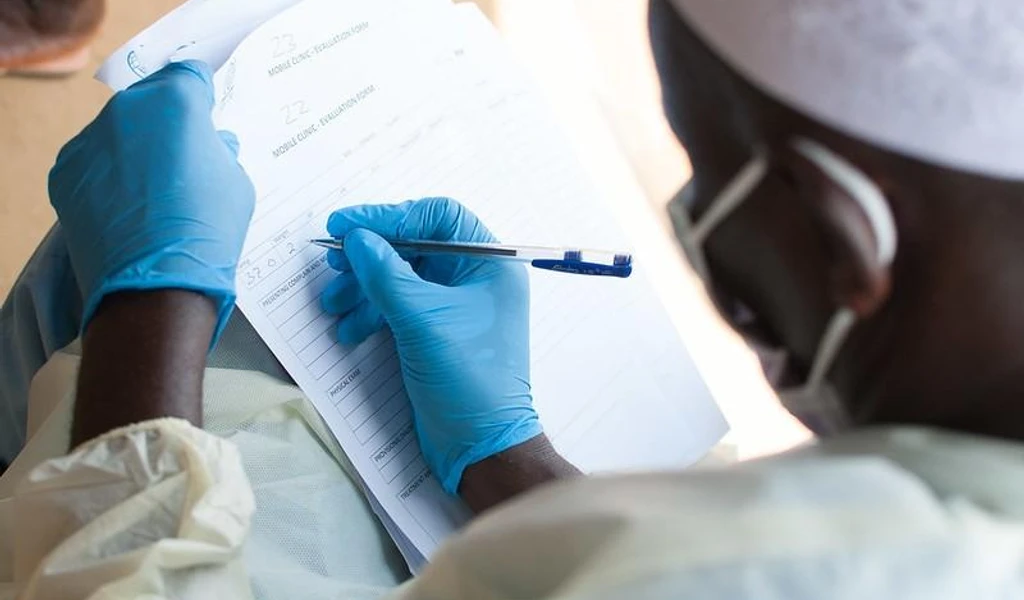Epidemics can occur anywhere, at any time.
We publish regular updates, produced by Program for Monitoring Emerging Diseases (ProMED), on outbreaks of emerging infectious diseases to keep you informed on the frequency and impact of our priority diseases.
ProMED is the largest publicly-available system conducting global reporting of infectious diseases outbreaks, with ProMED staff, moderators and team members scanning for, reviewing and posting information relating to global health security from official health reports and media articles.
The below post contains information from health reports, news articles, and academic papers relating to our priority diseases, compiled together by ProMED. Content below may be edited from original ProMED posts for style and length.
These posts provide an overview of disease outbreak activity over the past several weeks. For the latest information relating to outbreaks of infectious diseases, please visit the ProMED website.
Rift Valley fever
Location
Sudan
Outbreak Update
From 19 Sep 2019 until 11 Nov 2019, a total of 293 suspected human RVF cases, including 11 associated deaths have been reported from 6 states; including the Red Sea, River Nile, Kassala, White Nile, Khartoum, and Al Qadarif States. The most affected age group is 15-45 years old, which accounts for 83% of the total suspected cases. The male to female ratio is 2.6, with a high proportion of the cases being farmers (37.5%).
These human cases are concomitant with abortions and deaths among goats in the areas where the human suspected and confirmed cases have been reported.
Rift Valley fever is endemic in Sudan. There have been 3 outbreaks affecting humans previously documented in 1973, 1976, and 2008. During the outbreak in 2008, a total of 747 laboratory-confirmed cases were reported, including 230 deaths.
The recent floods, following heavy rains on 13 Aug 2019, caused flash floods in 17 of the 18 states. These floods have favored vector abundance, distribution, and longevity.
The uncontrolled movements of animal populations within and outside the country borders may increase the spread of the disease to new areas.
Two Rift Valley fever Task Committees have been launched; one in Red Sea State and one in River Nile State. Response efforts include printing and distribution of Rift Valley fever vaccines, deployment of surveillance teams for daily reporting and active case finding, establishment of health centres, and household inspections. River Nile State has seen the initiation of Integrated Vector Management, surveillance, case management, and rapid response team activities.
Sources:
WHO Emergencies prepardness, response, Disease Outbreak News, 14 November 2019



